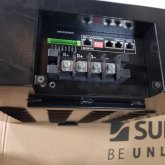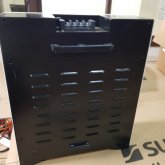ZorbatheGeek
New Member
- Joined
- Aug 30, 2020
- Messages
- 35
We have a bit of a small outbreak wrapping up at the moment but it does feel like I’m in an NZ goldfish bowl looking out at a very crazy world.
@ianganderton .......a question about the backup system if I may? Something curious about the solar irradiance for Mombasa (according to this site http://www.solarelectricityhandbook.com/solar-irradiance.html ) - it shows highest annual PV performance if the array is angled for peak winter performance (4 degrees). Diani is 4.27 degrees South. Would that be correct?





